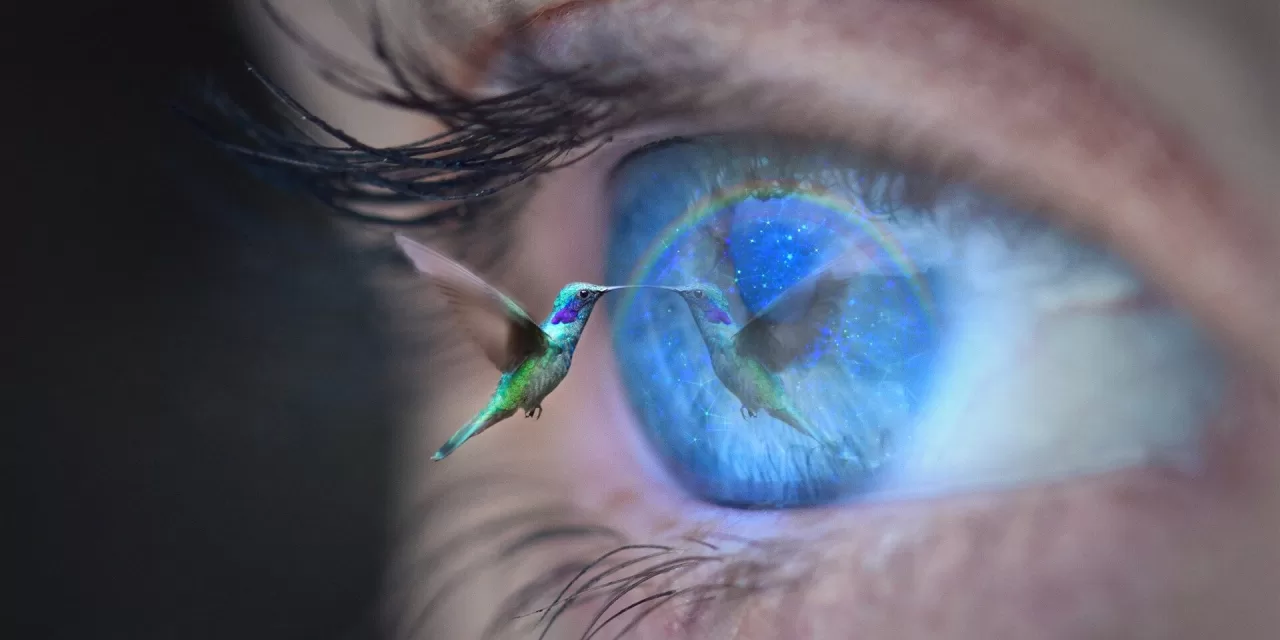In a fascinating discovery, researchers from Trinity College Dublin have unearthed a wide spectrum of individual differences in how people perceive visual signals. Their blink-and-you’ll-miss-it experiment has revealed that some individuals possess a unique ability to perceive rapidly changing visual cues at frequencies that escape the notice of others, effectively granting them access to more visual information per unit of time.
The findings of this study, recently published in PLOS ONE, indicate that certain individuals may have an inherent advantage in situations where response time is critical, such as in sports involving fast-moving balls or competitive gaming.
Temporal resolution, the rate at which individuals perceive the world, bears a striking resemblance to the refresh rate of a computer monitor. The team of researchers from the Department of Zoology in the School of Natural Sciences and the Trinity College Institute of Neuroscience found considerable variation among individuals in their temporal resolution, akin to seeing more “images per second.”
To quantify this variation, the scientists utilized the “critical flicker fusion threshold,” a measure of the maximum frequency at which an individual can perceive a flickering light source. Participants in the experiment demonstrated significant diversity in their ability to perceive flickering light, with some individuals perceiving frequencies over 60 times per second while others were limited to about 35 times per second.
Clinton Haarlem, Ph.D. Candidate in the School of Natural Sciences and the study’s lead author, emphasized the stability of this trait within individuals over time. While our visual temporal resolution remains relatively constant from day to day, post-hoc analysis hinted at slightly more variation over time within females compared to males.
The implications of this variability in visual perception extend to various high-speed scenarios, including sports and gaming. Haarlem highlighted how some individuals may possess a competitive edge in activities requiring the rapid location or tracking of fast-moving objects.
Professor Andrew Jackson, a zoologist involved in the study, underscored the broader implications for predator-prey interactions in the animal kingdom, hinting at evolutionary arms races driven by differences in visual perception.
Kevin Mitchell, Associate Professor in Developmental Neurobiology, emphasized the importance of recognizing and understanding these differences in perception, which extend beyond color blindness to encompass variations in the “frame rate” of our visual systems.
The groundbreaking research sheds light on the remarkable diversity in human visual perception, opening new avenues for exploring the intricacies of how we perceive and interact with the world around us.
Journal Reference: PLoS ONE (2024). DOI: 10.1371/journal.pone.0298007











